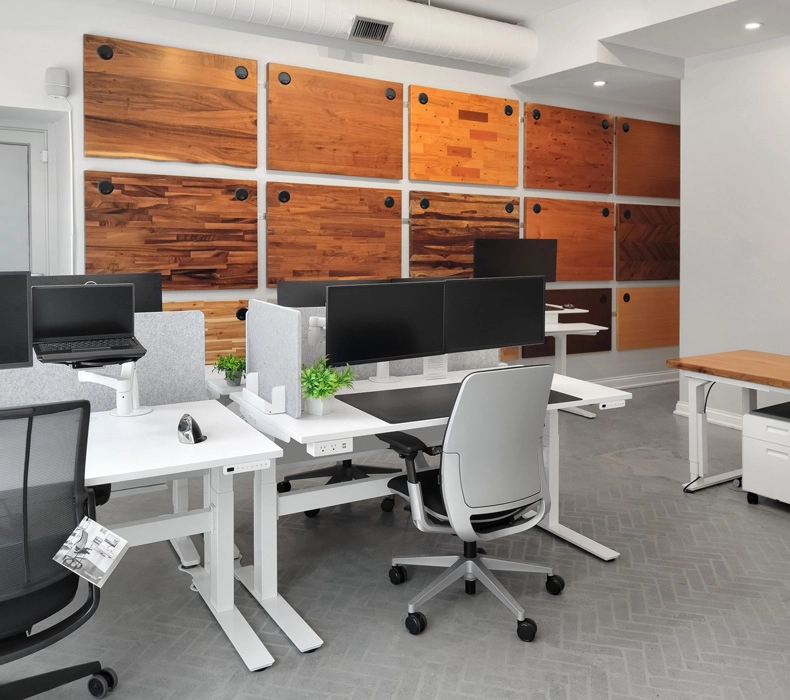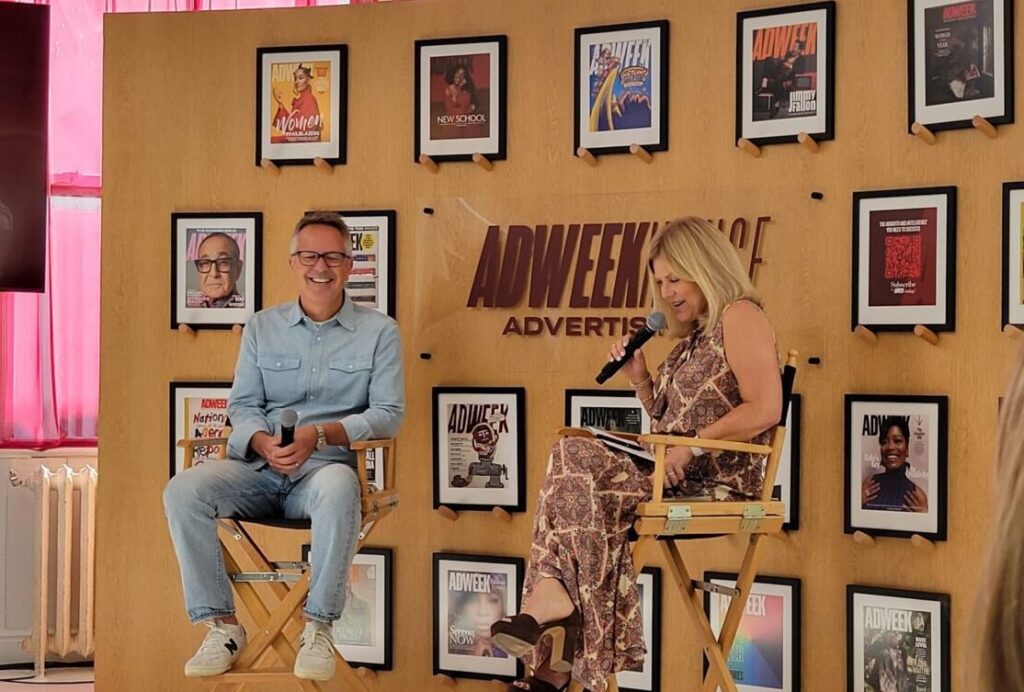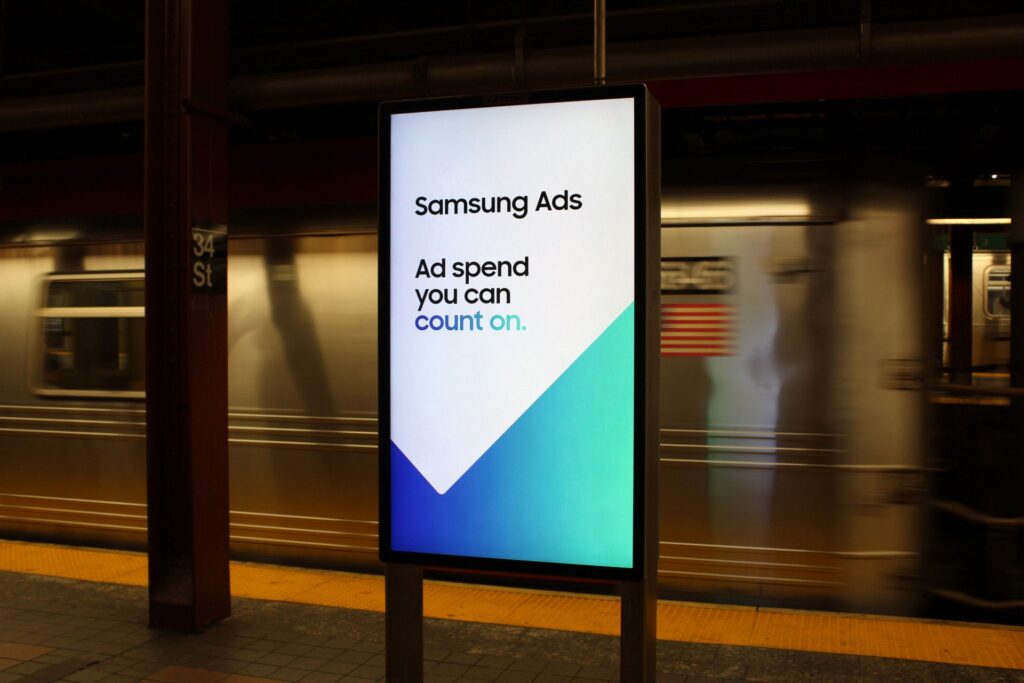After migrating its site to headless architecture, premium standing desk brand Uplift Desk increases its page speed, improves its Google search ranking and provides shoppers with a more intuitive checkout page.
Uplift Desk and its shoppers are reaping the rewards of a better customer experience after the brand’s migration to a headless architecture. The December 2024 launch included a faster site, higher rankings in Google search results, a more intuitive checkout page and easier navigation.
And this is just after a few weeks. Daniel Burrow, vice president of sales and marketing at Uplift Desk is confident the benefits will continue to roll in over the course of the next year.
Uplift Desk makes quick changes to its site
Uplift Desk has used ecommerce platform BigCommerce for more than a decade. It decided to upgrade to headless architecture to have more customization, make quick updates to the site and improve its speed, Burrow said. Headless architecture is when a website’s backend is separated from its frontend, making it easier for a merchant to make changes.
“In our previous architecture, we had a lot of tech debt and we were really fighting every time we wanted to make any sort of large change,” Burrow said. “Pretty much anytime that our designers wanted to do anything spiffy, the dev team would come back and say, ‘Oh God, that’s going to take forever.’”
Now, the Uplift Desk development team — of two people — can make design changes in a few hours. In just a few weeks, the development team has made an “astonishing” number of changes to its site, Burrow said.
“We have a lot of people with a lot of ideas and only a couple people who are really implementing those ideas,” he said. “So them being able to knock out new content designed to a pixel-perfect level, that’s super important for us, them being able to do it quickly.”
One change Uplift Desk made was updating its top navigation menu and its site search. The site search now surfaces more relevant results and will display products even when shoppers misspell them.
The top navigation menu now is more interactive, and Uplift can change it based on what shoppers are searching for and what is popular.
“Previously, our navigation bar was just a giant catalog of products. It was very hard to actually find what you’re looking for,” he said.
A better shopping cart
Another major upgrade Uplift Desk made was to its shopping cart page. The manufacturer sells customized desks that can cost $2,000 or more. Shoppers spend roughly 30 minutes to an hour selecting the materials, colors and accessories. Before the migration, when shoppers went to check out, Uplift Desk displayed an image of the base model of their desk.
Shoppers would get confused because the image would not look like the desk they designed, and they do not want to hit buy on an expensive product without being sure, Burrow said. Shoppers would hit the back button and have to start the design process over because Uplift Desk didn’t save the order. Or they would call customer service.
Now, Uplift Desk has an updated picture of what their desk will look like in the shopping cart page. It also now provides a link for shoppers to go back and edit their order if they need to, without starting the process over.
“We always joke that the cart page is something that a hundred percent of our customers see. So having a perfect cart page is important because everyone sees it,” Burrow said.
This is now a better customer experience and Uplift has received fewer calls to its customer service team about confusion during this step.
“The customer service team is happy because they’re able to focus more on the customers who need that help rather than just helping people who probably could have done it by themselves,” he said.
Uplift Desk cuts its site speed in half
Page speed was one of the key metrics Uplift Desk was hoping to achieve with the headless migration, which it did. On average, Upliftdesk.com’s load speed is now seven seconds or less, he said. Previously, it was a minimum of 14 seconds, Burrow said.
“On our desk configurator page it was about 14 seconds,” Burrow said. “It really meant that a customer was dedicated to looking at that page, and we strategically decided to not serve that page as people’s first landing page because of how often people were getting there and then they would think it was broken and then they would bounce.”
Before the upgrade, performance measurement tool Google Lighthouse scored Uplift Desk’s main pages in the 20-40 range, out of 100. Since moving to headless, Google Lighthouse scores the main pages at a 90 or higher. Plus, Google now scores its desk builder page — which is a very large page — in the upper 70s or low 80s, which is good, he said.
A faster site leads to higher Google rankings for Uplift Desk
Because of the faster site, Google began ranking the site higher in search results. Its organic traffic is much higher than it’s ever been before and its bounce rate is way lower, Burrow said without providing exact figures.
The whole migration took less than three months, and it went live in December. It was ready to go in November, but the team decided to wait until after the peak shopping days of Black Friday to ensure everything worked properly before shoppers flocked to its site. Burrow did not provide the cost of the migration but said it was “negligible.”
Headless architecture lays foundation for Uplift Desk’s 2025 growth
Overall for 2024, Burrow said Uplift Desk’s sales could have been better. While the brand did grow, Burrow said it probably could have increased sales even more. The brand had strong sales during the pandemic, which makes its difficult to produce good comparable growth, he said. Plus, it is now facing more competitors.
“We’re seeing a lot of newcomers coming into the industry, they’re moving very quickly and their marketing is really strong,” he said. “So we had to kind of clean house a little bit and figure out how do we start implementing things at a much faster rate than we have been historically.”
For 2025, the headless architecture will provide the foundation Uplift Desk needs to make changes to its site to better compete, he said.
One priority is updating its product pages. Better pages will help shoppers on their journey for this highly considered purchase. A shopper may take 28 days to decide to buy an Uplift Desk and visit the site on average six times during this period. Uplift Desk needs to ensure that its site is providing shoppers with all the information they need during this time, when they might be shopping around at other brands.
“Sometimes I joke that our webpages tend to look like a report — it’s just a white page with a bunch of text,” Burrow said. “Now we’re like, all right, how do we turn this into something that’s really beautiful, something that people are excited about.”
It also wants to determine how to best display its user generated and influencer content on its site. For example, for each product it might have several videos of customers using the desk that it wants to show shoppers. The team is still deciding which videos would be best to show and where on the page, or if the videos should live in a separate section, he said.

 Network
Network

